Description
IMPORTANT NOTES
1. INTENDED FOR USE WITH ACOUSTIC GUITARS: Our acoustic IR’s are intended to be used with acoustic guitars. They are not meant to make an electric guitar sound like an acoustic guitar.
2. CROSS PLATFORM: These .WAV impulse responses can be used in any hardware or application that supports IR’s. This includes products by Line 6 (Helix, HX Stomp, HX Effects, etc), Kemper, Axe-FX, etc.
3. EXPERIMENT: We’ve included multiple options in this IR pack (more details below). The best idea is just to start experimenting with your guitar and find the IR or combinations of IR’s that sound the best. Our recommendation is to first find the pickup type that fits your guitar best (see the pickup options section), and then experiment with different mic options for that pickup type.
THE GUITAR
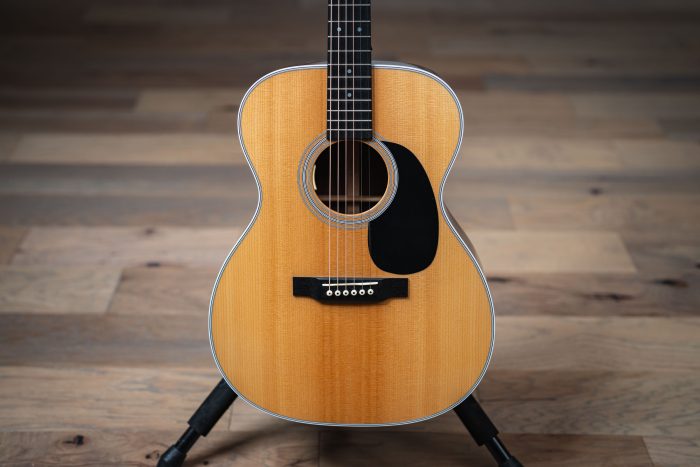
These IR’s were created using Martin 000-28. The 000 (Triple ‘0’) is a classic design from Martin, dating back to the 1930’s. The ’28’ model features a spruce top and rosewood back and sides. Sonically the 000-28 is known for it’s prominent midrange. It is extremely well balanced which makes it idea for both finger picking and strumming. They also tend to sit absolutely perfectly in a mix.
WHAT DO ACOUSTIC IR’s DO?
Our acoustic impulse responses are meant to make the direct output of an acoustic guitar fitted with a pickup system sound more like a mic’d acoustic guitar – in this case, the mic’d Taylor 414. To do this, we’ve made detailed recordings of the Taylor and then matched direct the output of various different acoustic guitars to it.
You can use these IR’s with any hardware or software application that accepts WAV IR files. This includes all the HX Line 6 hardware, Fractal, Kemper, Iridium, and countless software apps and plugins.
THE MICROPHONES
To create this IR pack we used a variety of microphones. We’ve used a Telefunken TF51, Telefunken TF47, a pair of Telefunken M260 small diaphragm condensers, an Earthworks SR25, and a Universal Audio Sphere DLX to create classic microphone emulations.
In the file names you’ll see microphone codes. Here is what they mean:
- TF51 – Telefunken TF51
- TF47 – Telefunken TF47
- M260 Pair – this is both Telefunken M260’s in an X/Y configuration but delivered in a single IR
- M260 X – this is just the ‘X’ position M260
- M260 Y – just the ‘Y’ position M260 (use the X and Y IR’s in a stereo setup to emulate a stereo X/Y mic’ing technique – it sounds fantastic)
- C12 – AKG C12 (emulated with the Sphere DLX)
- U47 – Neumann U47 (emulated with the Sphere DLX)
- M49 – Neumann M49 (emulated with the Sphere DLX)
- C37 – Sony C37 (emulated with the Sphere DLX)
- SR25 – Earthworks SR25
Each of these mics (and mic emulations) will give you a different flavor. Some are extremely accurate (the Earthworks is legendary for their accurate mics, and the SR25 sounds fantastic), some are warm and vintage (try the Neumann and Telefunken options), and others are clear and bright. Try different mic options with your guitar to see what sounds best.
ACOUSTIC PICKUP OPTIONS
There are many different acoustic pickups options out there, and we have given you multiple options to accommodate a wide range of guitars. Here is what you get:
- EXP: The “EXP’ option is for Taylor guitars with Taylor’s Expression System electronics. These were made with a Taylor 414ce fitted with an Expression System 2 pickup system. If you have a Taylor with an ES pickup, these IR’s will be perfectly suited for it.
- SB1: The ‘SB’ options denote pickup microphones that are attached to the bottom of the sound board on an acoustic guitar. These include the mic portion of the LR Baggs Anthem, the K&K Pure Western transducer pickups, etc. For the ‘SB1’ options, we used the full microphone setting of the LR Baggs Anthem pickup installed in Brian’s Martin D-35. These are the darker of the two SB options.
- SB2: For this setting, we used the full microphone setting of the LR Baggs Anthem pickup installed in the McPherson Camrielle. These are the brighter than the SB1 options.
- SB3: For this setting, we used the full microphone setting of the LR Baggs Anthem pickup installed in an Orangewood Sierra (OM/000 style guitar).
- Pz1: If your guitar is equipped with an under saddle piezo, try the ‘Pz’ options. Pz1 was created with just the LR Baggs Element piezo mix of the Anthem system in the Martin D-35
- Pz2: This was created with an Orangewood Brooklyn Live, equipped with a Fishman Flex EQ piezo system
- Pz3: This option was created with a Takamine FD-360sc from the late ’90’s, equipped with a Takamine AD-1 piezo system. This is a higher-end piezo pickup/preamp.
INCLUDED DOWNLOADS
The IR’s are available in WAV formate in four different sample rates: 44.1 kHz, 48 kHz, 88.2 kHz, and 96 kHz (all at 24 bit) at both 500ms and 200ms. This ensures these IR’s are compatible with a wide variety of hardware and software options.
If your hardware or application does not require a specific sample rate or length, use the 48k 500ms options.
HOW TO CHOOSE WHICH IR’s TO USE
While these acoustic IR packs may seem overwhelming with the number of microphone, pickup, and IR sample rate/length options, choosing the right IR is a fairly simple process. Here is our recommended workflow:
- Determine which type of IR you’ll need for your hardware or software. For most applications, you’ll want to use the 48k 500ms IR’s. If you are using something that requires a specific sample rate (like 96k for Strymon Iridium) or a spefic IR length (like 200ms or 500ms), you’ll need to choose accordingly. All the microphone and pickup options are the same for each IR file type.
- Experiment with the different pickup options. It is a good idea to start the the pickup options that most closely match your guitar’s pickup. If you have a soundboard type pickup (like an LR Baggs Anthem or K&K Pure Mini system), we recommend starting with the three ‘SB’ options. If your guitar has an under-saddle piezo, try the ‘Pz’ options first. An easy way to start is to choose a single microphone type and then go through all the pickup options for that microphone. For example, try out all the pickup options of the ‘TF51’ IR. You should immediately find one (or maybe two) that sound much better than the rest. This will let you know which pickup type to explore further.
- Finally, after you’ve determined which pickup type works best with your guitar, try the different microphone options. The differences in the microphone options are much more subtle than the pickup type options, so you’ll just get the different sonic characteristics of each microphone. You can also try using multiple microphone options in stereo or blended.
ADDITIONAL TIPS/FAQ’s
- Digitally emulate a stereo X/Y mic technique. Our microphone IR options include a matched pair of Telefunken ELA M260 small diaphragm condenser microphones. We’ve used these in an ‘X/Y’ mic’ing technique to create three different IR options. First, you have a blend of the two microphones in one single IR – those are labeled ‘M260 Blend’. Next, we’ve delivered the ‘X’ and ‘Y’ mic positions separately. This allows you to load them in a stereo IR configuration and pan them hard left and right, digitally emulating the ‘X/Y’ technique.
- Experiment with different microphone blends. If you are able to run two IR’s in stereo or blend them together, you can experiment with common microphone pairings. Try one of the large diaphragm condensers with one of the small diaphragm condensers for a more complex sound.
- Mix in your ‘dry’ guitar signal. Acoustic IR’s can be an enormous improvement over a direct acoustic signal, but in some cases it can be a bit ‘too much’. Many users prefer to blend in a bit of the dry (direct) guitar signal with the IR. Many IR loaders and software have a ‘mix’ control that will allow you to do this. There really aren’t any rules – whatever sounds best to you is the right choice.
- Signal chain placement. If you are using a pedalboard or a processor like a Line 6 Helix, you might be curious where the best place to put the IR in the signal chain is. We prefer to place the IR close to the beginning of the chain. You’ll definitely want to put it in front of any wet effects or modulation like delays, reverb, chorus, etc. We also like to place the IR in front of compression, but you can experiment putting it after compression or EQ to see what works best for you.



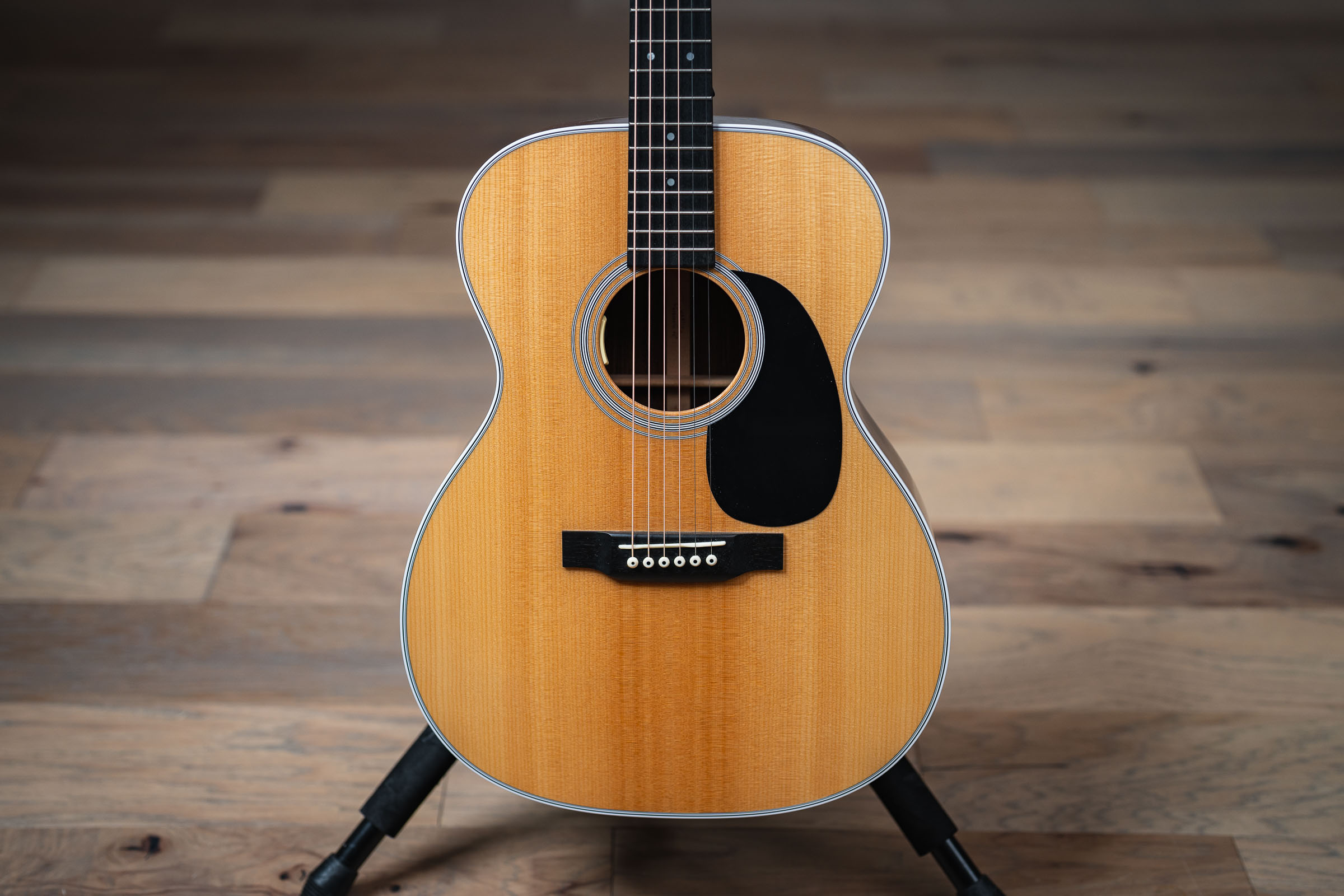
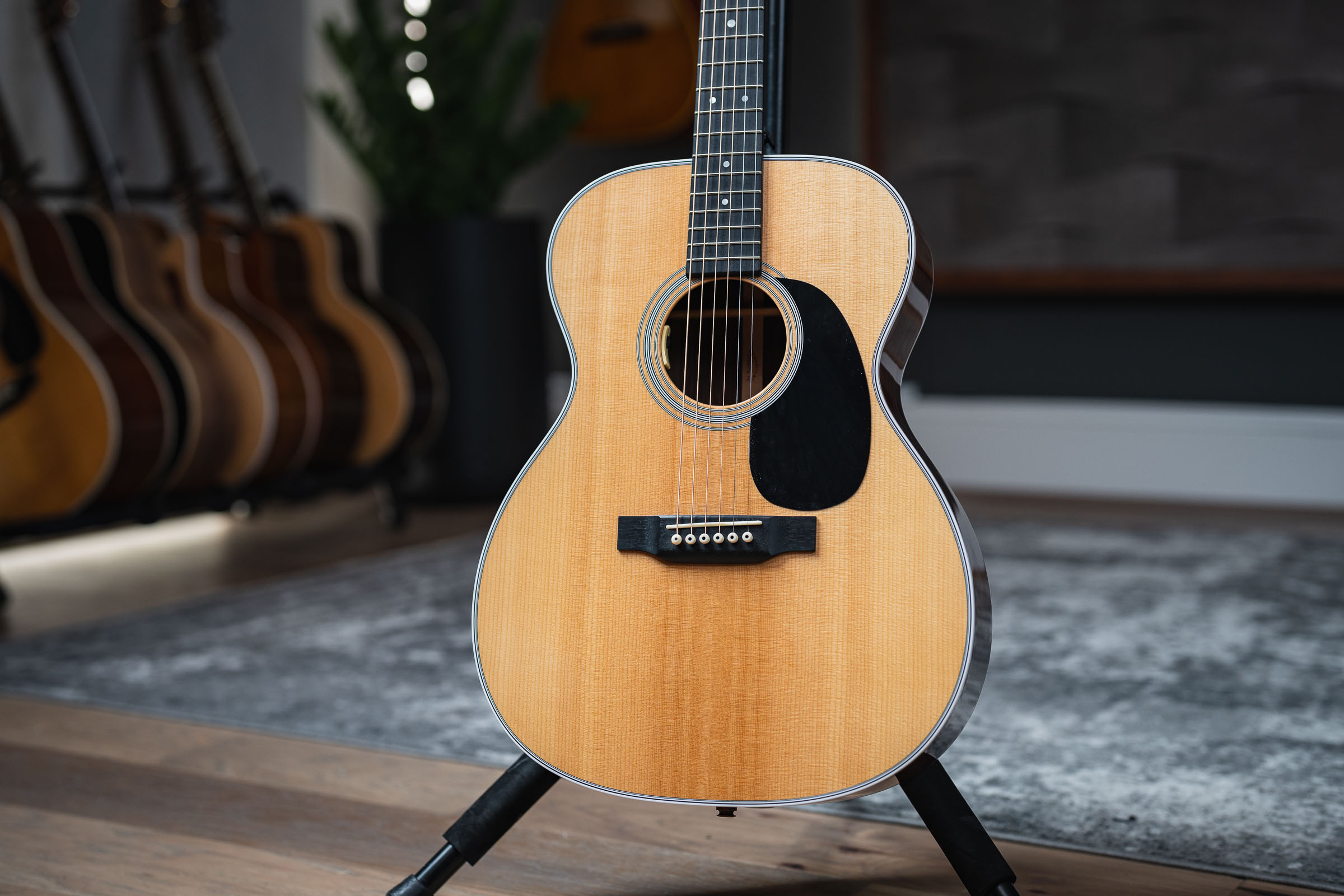
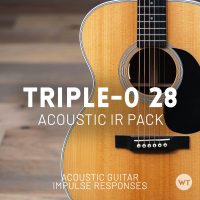
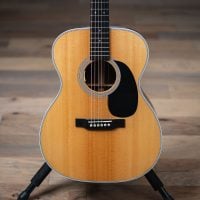
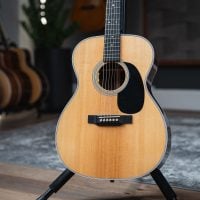
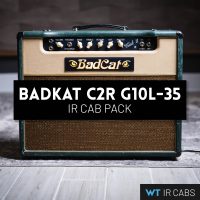

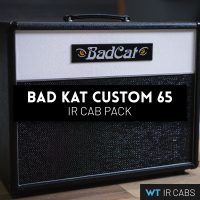
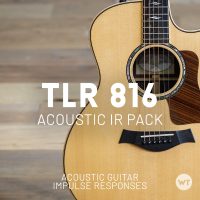
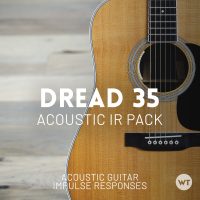
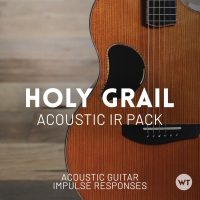
Wayne Gleimius (verified owner) –
Absolutely Awesome!!! Takes your acoustic guitar to another level. Sounds incredible!
Thank-You worship tutorials team!